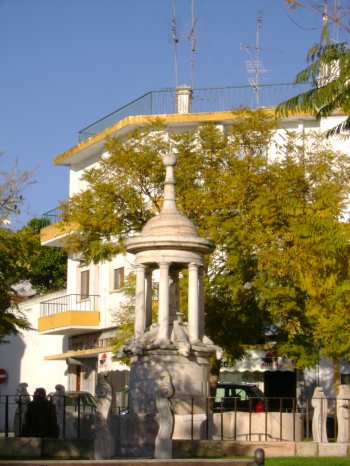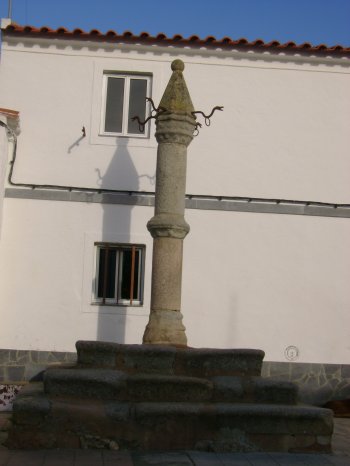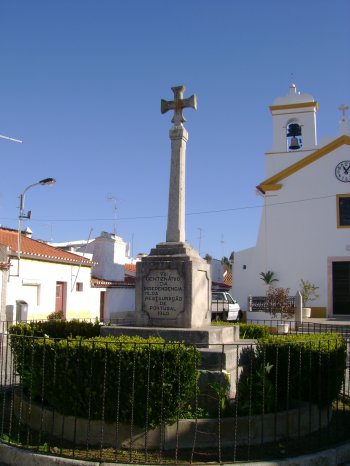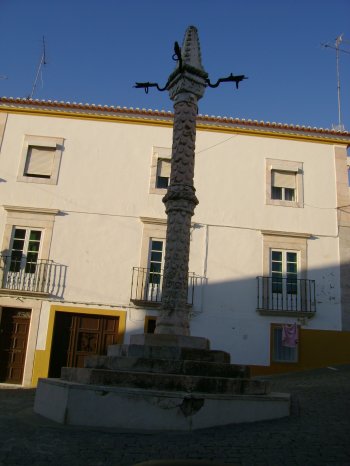Explore the best places
Monuments in Elvas

Padrão de Elvas
- heritage
Elvas
7350, Elvas
This Padrão was rose by orders of D. Afonso VI as a celebration from Linhas de Elvas battle. It was constructed in white marble from Estremoz and it is formed by a Tuscan column settled above a square pavement with three steps.

Fonte de Santa Eulália
- heritage
Praça de Capitão Carpinteiro
7350, Santa Eulália
Source positioned at the center of the square, in grey granite, flanked by pinnacles also in granite, bound by iron chains. Has a spout on each side of the square column, surmounted by a sphere. The sink where water falls features a circular format.


Fonte da Misericórdia / Fonte da Vila
- heritage
Praça 25 de Abril
7350, Elvas
White marble fountain, composed of templete with statue. Is engaged by a grid, beyond pinacular cover surmounted by a sphere. Its construction was due to Pero Vaz Pereira.

Pelourinho de Barbacena
- heritage
Praça do Pelourinho
7350, Barbacena
This pillory is settled in a three steps pedestal, it is composed by a circular base with two frames, flat column with frame on the centre and prismatic capital. It is finished by a small sphere.

Fonte da Piedade
- heritage
Avenida da Piedade
7350, Elvas
Source located opposite the Parque da Piedade and the Church of the Lord Jesus da Piedade. The sober style, typical of the time of construction, and the 3 blue and white tile panels representing different scenes: "Prudence", "abundance" and "Storm", respectively. The sink is rectangular and has two water spouts.


Pelourinho de Elvas
- heritage
Largo de Santa Clara
7350, Elvas
Pedestal with five steps with polygonal base where it is settled the pillory composed by twisted cylindrical shaft and prismatic capital. The column is decorate with small incrusted semi- spheres.

Passos da Via Sacra de Elvas
- heritage
Avenida de Garcia da Horta
7350-048, Elvas
The class for this Monument is religious, with Baroque features: the angels, the volutes on the façade and the drapery on the marble altarpiece, besides the blue and white glazed tiles. Its construction was done by the hands of Thomaz de Barros (person who puts the glazed tiles) and António Sequeiro (the painter). The oil paintings should also be pointed out.
